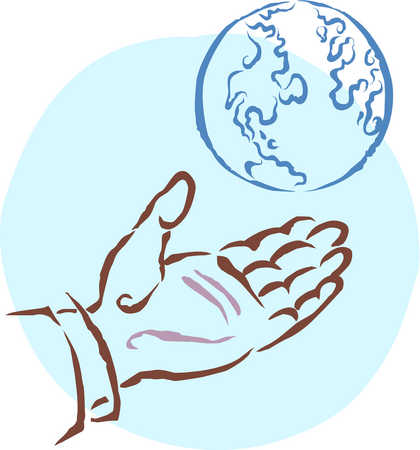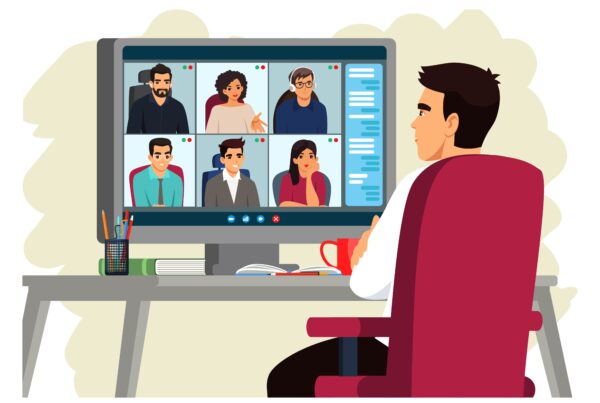There are plenty of studies, backed up by plenty of anecdotes, about the correspondence between donors who have made estate gifts and donors who can make a major gift.
A planned gift is simply a gift that will be made in the future. This may be a bequest intention, a life insurance policy, a charitable gift annuity, or an individual retirement account. Assuming you have the ability in your database to locate these individuals, be sure to include these in your roster of prospects.
As with the other criteria, you will want to use it as complementary information. Don’t assume that just because someone is a planned giving donor they will be a major gift donor. But at the very least, you know that these individuals believe in your organization, and they believe in it enough to give away their estate. Planned giving is an especially meaningful way to find the donors who truly believe in your organization. A planned gift, especially a bequest intention or naming your organization as a beneficiary of one’s estate, represents a donor’s final gift. It is their legacy. They give you what is usually reserved for family. Be sure the donor knows how deeply you appreciate this gesture of intimacy. Include planned giving donors in your list of top individuals.

As a fundraiser who has worked at a handful of successful organizations, I am always struck by the inspirational way planned giving helps sustain organizations. Donations made after a person’s death provide a steady stream of revenue that allows organizations to thrive.
Planned giving donors are not often multi-millionaires. They may be teachers, laborers, religious leaders – folks who lived their lives according to values like commitment, longevity, and partnership. Individually, they may not be able to name a building in the capital campaign of a major university. But together, they provide a way for the next generation to continue advancing the missions they believed in.
These are donors you don’t have to sell to. They are already on your side. Go say hello.




